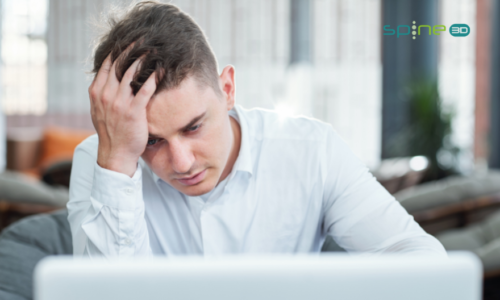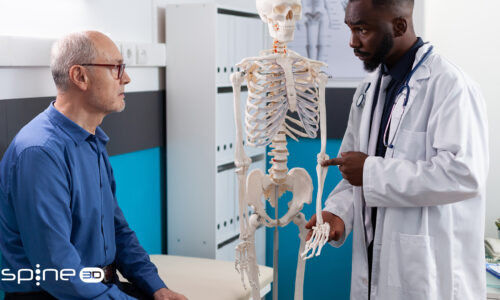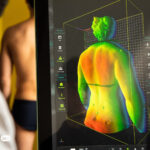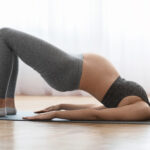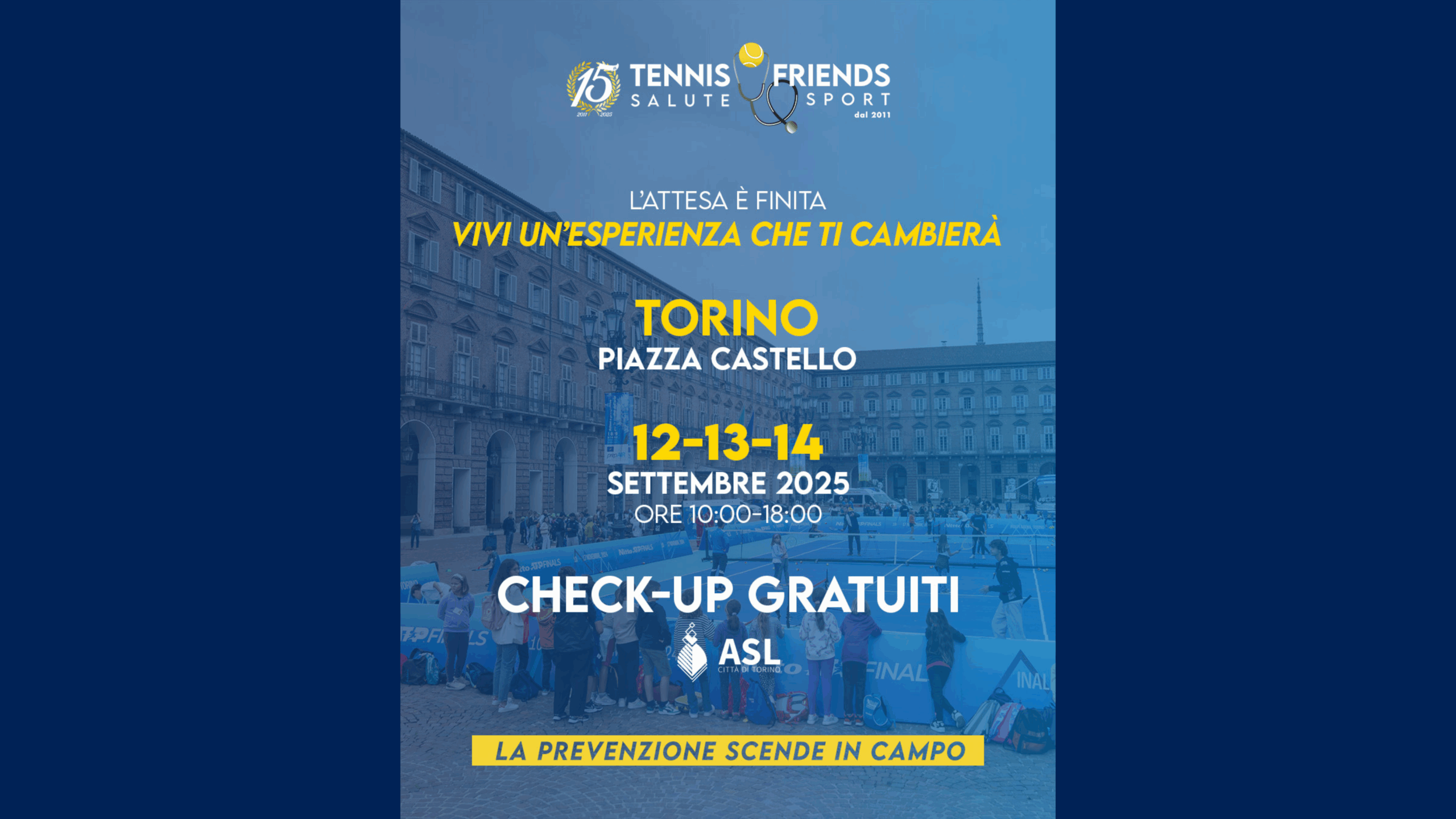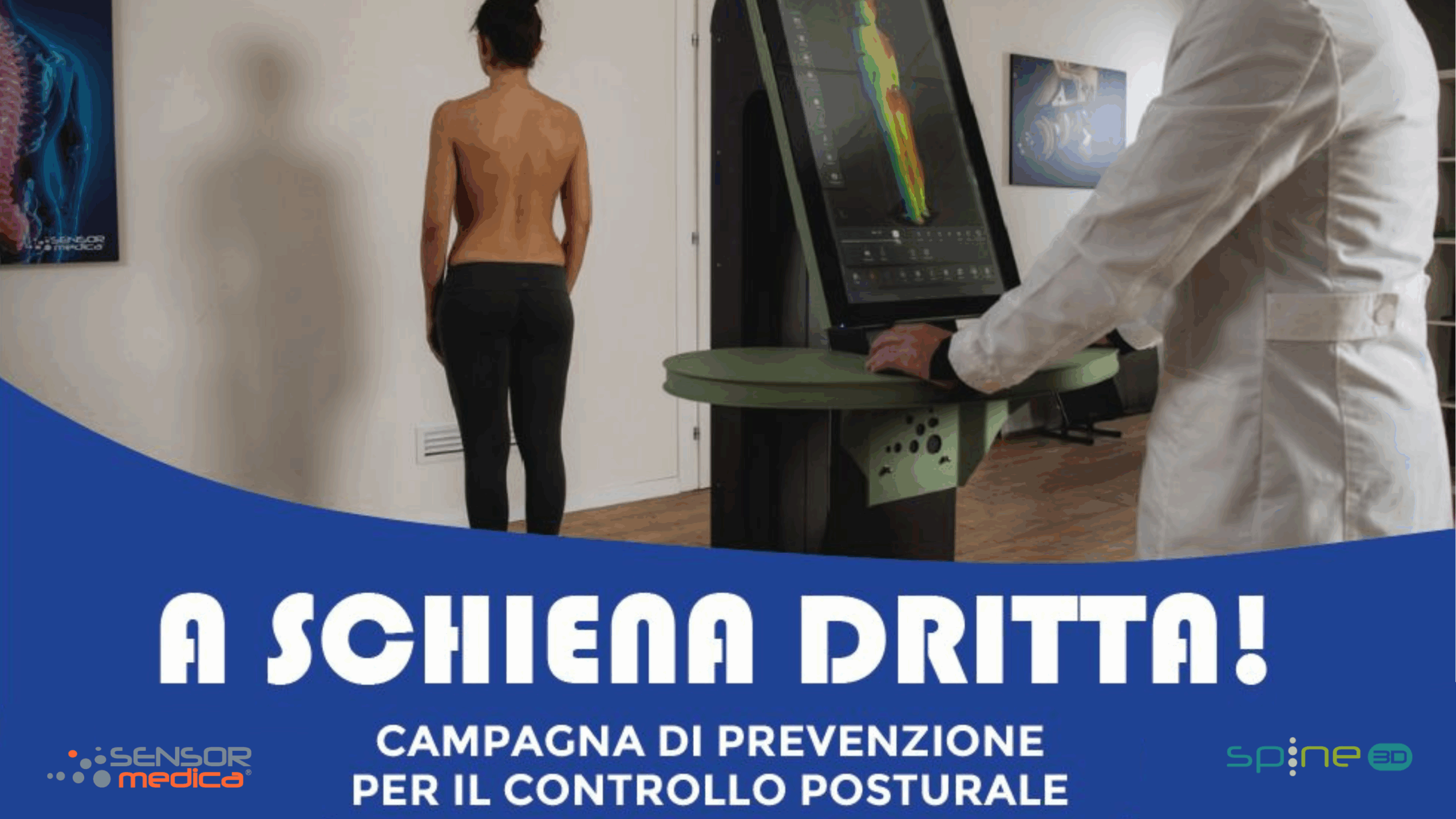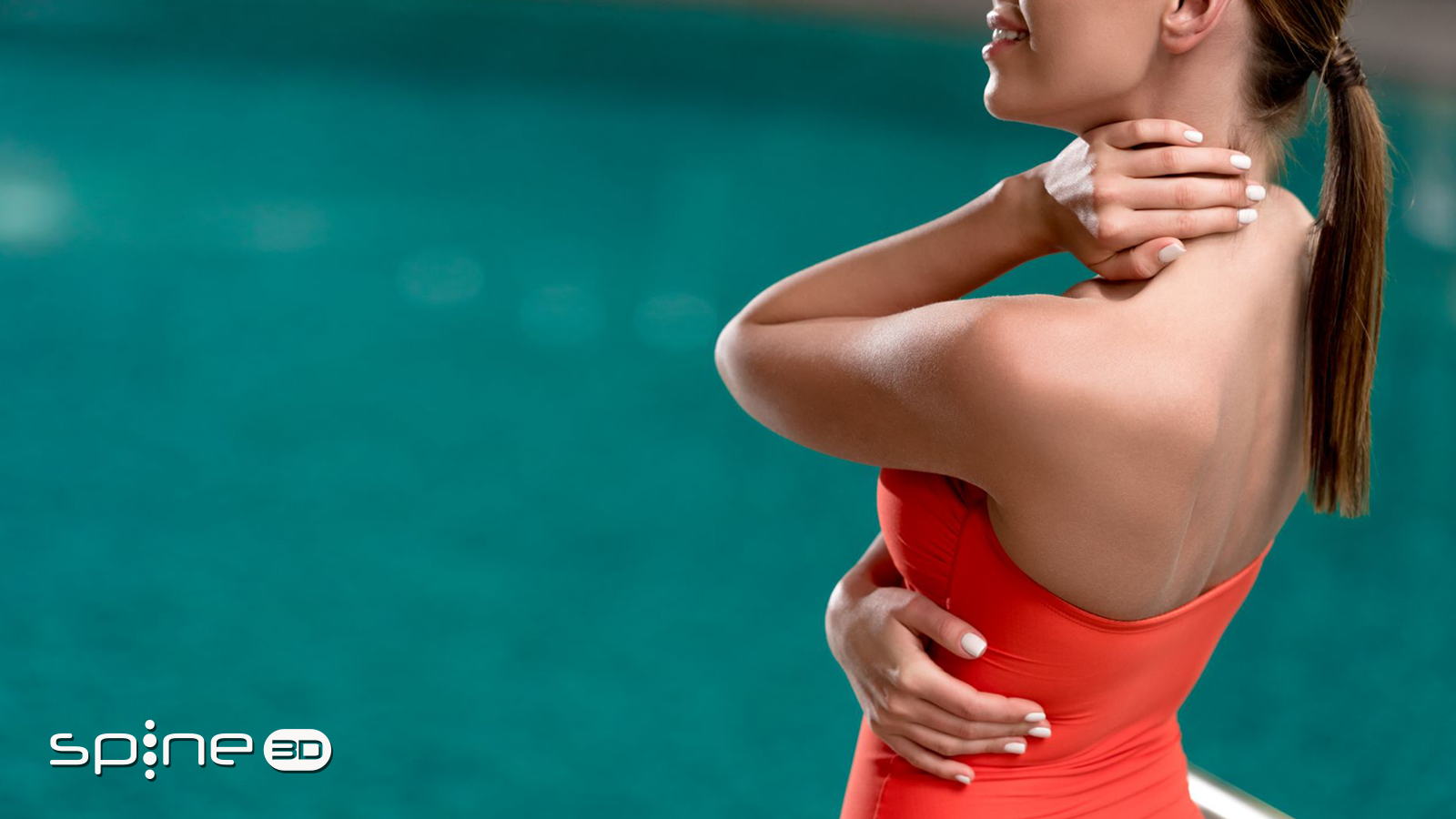
Acute lumbago: symptoms and causes
- admin
- June 1, 2023
- Causes, Posture
- Lumbosciatica, Ointments, Postural Gymnastics
- 0 Comments
Acute lumbago is almost always caused (nine times out of ten) by muscle strains and contractures. Injuries that can occur either by practising sport or by performing daily activities, activities that involve lifting weights or continuous rotational movements of the trunk. Actually, sedentariness (and therefore lack of training) can also be the cause of frequent back pain. But there can also be other reasons, especially in more serious cases: a herniated disc or degeneration of the invertebral discs as well as osteoporosis, fibromyalgia, and finally also spinal tumours.
Normal low back pain usually disappears after 2-3 weeks. If it becomes chronic (with discomfort beyond six weeks), a doctor may consider prescribing specific examinations such as a spinal X-ray (XR), magnetic resonance imaging (MRI) or lumbosacral CT scan. Examinations that today can be partly replaced by the new non-invasive LiDar technology, exploited precisely by Spine 3D (Sensor Medica). Why perform a potentially damaging examination when there is a valid alternative at the preliminary stage (and at the check-up stage)?
Lumbago and lumbosciatica: the differences
They have different origins and localisations, but they are united by their severe pain. Lumbago affects the lumbar or back and is confined to the end area of the spine. In the case of lumbosciatica, we are also dealing with an inflammation of the sciatic nerve, which can very often cause sharp twinges in the thigh. But in these specific cases we are undoubtedly talking about the presence of herniated discs, which, by putting pressure on the nerve, generate sciatica.
Acute lumbago: remedies
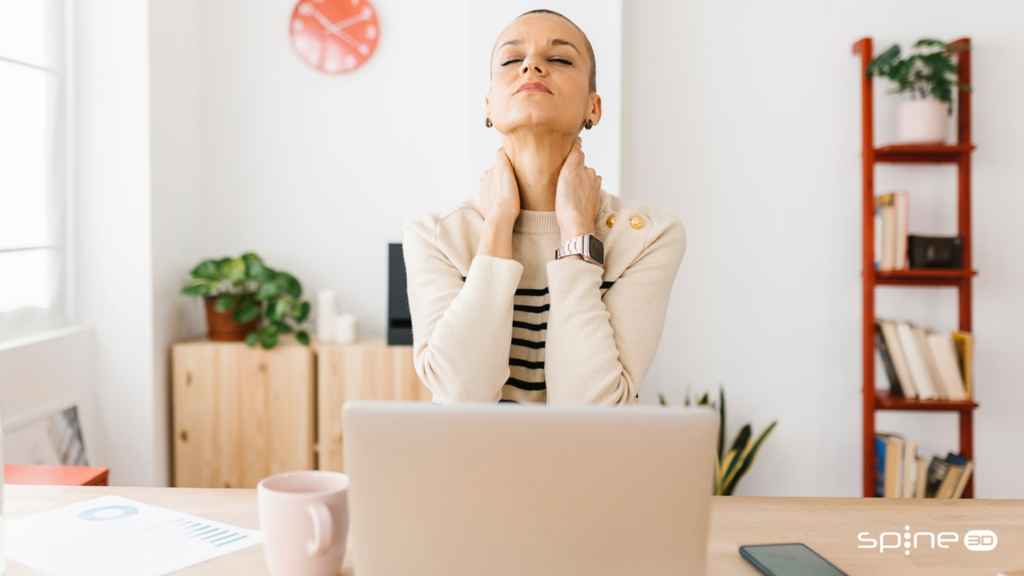
Absolute rest for at least three days is recommended, regardless of the cause of the lumbago. It is very important not to exert yourself or make sudden movements. Spending a lot of time sitting or standing can aggravate low back pain, so the advice is to assume a supine position even during the day, using a pillow or blanket to keep the thighs slightly elevated in relation to the pelvis (facilitating relaxation of the muscles and joints).
The immediate remedy for pain, however, is the use of ice (four times a day) together with specific ointments (always consult a specialist doctor). Effective is the use of painkillers and anti-inflammatories together with targeted rehabilitation exercises (such as postural gymnastics). Recovering the mobility of stiffened joints is crucial.
Prevention
But there is also something we can do in the prevention phase. The advice, at the risk of being trivial, often seems trivial indeed, but few follow it.
1) Exercise several times a week (swimming, Pilates, yoga)
2) Proper nutrition (avoid being overweight)
3) More attention to posture (especially for those who spend too many hours sitting at a desk)
4) Choose comfortable shoes.

